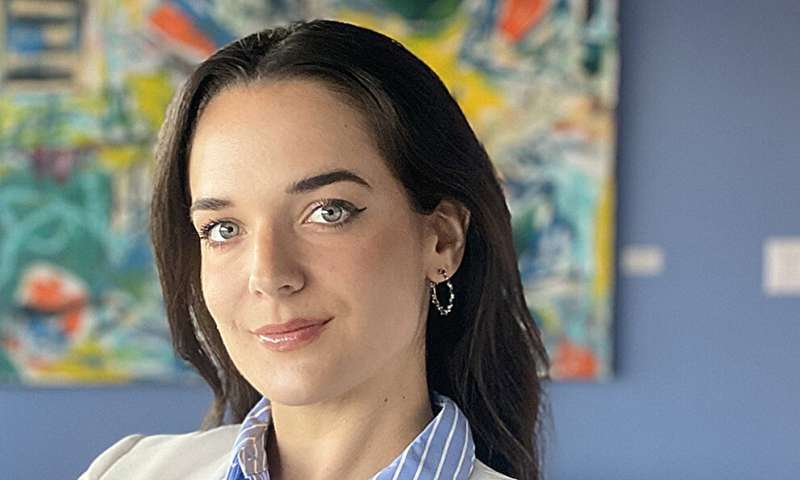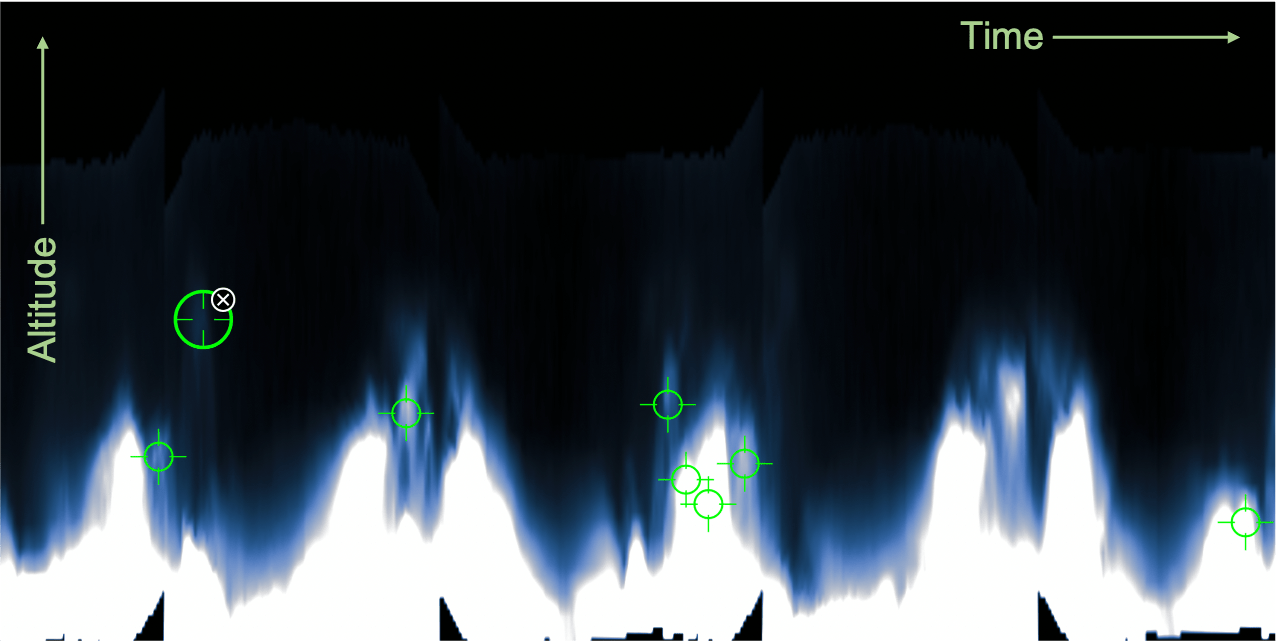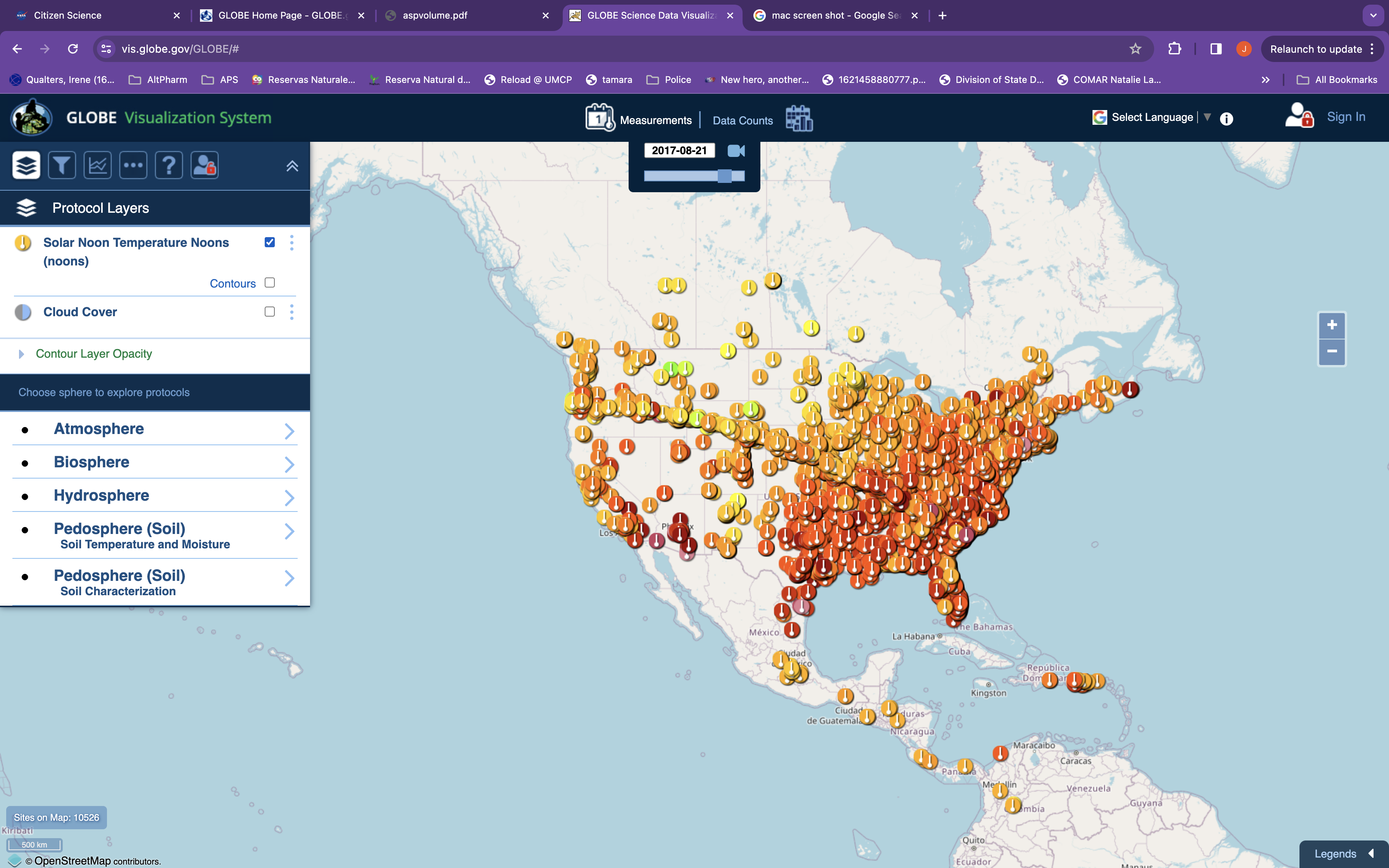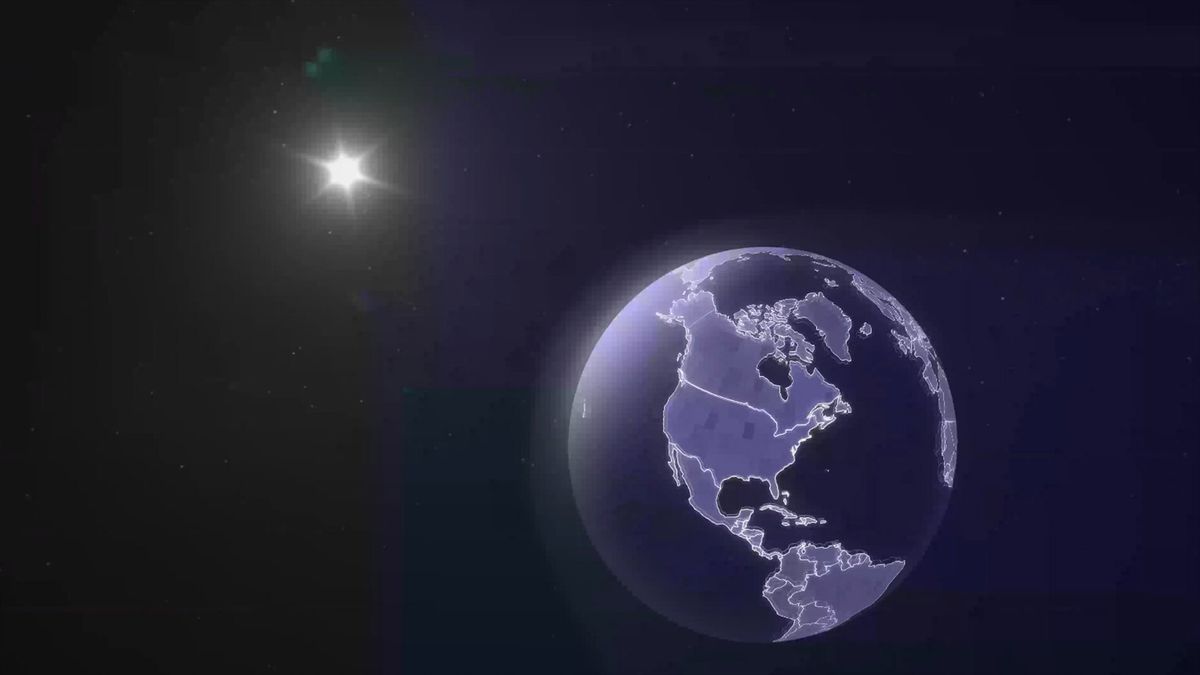SCIENCE
News in English

Dacher Keltner spent over 20 years studying the emotion. The professor of psychology at the University of California, Berkeley and the director of the Greater Good Science Center recently chatted with us. “Awe is particularly hard to describe with language. You can’t put rational, symbolic thought to it.’ And I disagree.” Kelter’s research shows moral beauty and nature appear to be two of the most powerful of the wonders.
#SCIENCE #English #GB
Read more at Yahoo News UK
#SCIENCE #English #GB
Read more at Yahoo News UK
In a study recently published in ACS Physical Chemistry Au, researchers from the Institute of Industrial Science, The University of Tokyo, and collaborating partners have devised a straightforward equation that correctly predicts the stability of intercalated materials. The systematic design guidelines enabled by this work will speed up the development of upcoming high-performance electronics and energy-storage devices.
#SCIENCE #English #UG
Read more at EurekAlert
#SCIENCE #English #UG
Read more at EurekAlert

Eclipse Soundscapes focuses on crickets, which are dispersed across the U.S.’s path of totality from Texas to Maine. The project is inspired by a similar citizen-science study from the 1932 eclipse over New England, centers on how crickets respond to the event’s false dusk.
#SCIENCE #English #UG
Read more at National Geographic
#SCIENCE #English #UG
Read more at National Geographic


SunSketcher will measure the oblateness, or shape, of the Sun during the eclipse by timing the flashes of Baily’s Beads. You will need a smartphone with a working camera, along with something to hold the phone in place. Any additional phone use will result in Sun Sketcher data loss.
#SCIENCE #English #UG
Read more at Science@NASA
#SCIENCE #English #UG
Read more at Science@NASA

Will Sinciline, a junior in the O’Neill School of Public and Environmental Affairs, is spending a semester in Washington, D.C., supporting the legislative team as it works to ensure the CHIPS and Science Act is effectively implemented. The manufacturing policy internship is a new addition to the established Washington Leadership Program.
#SCIENCE #English #TZ
Read more at IU Newsroom
#SCIENCE #English #TZ
Read more at IU Newsroom

This year, our three-day teaching and learning symposium will take place on June 27-29 at APSA’s headquarters in Washington, DC. The theme of this symposium is Teaching Comparative Politics. Participants would be expected to: Present and discuss class activities, readings, or assignments that frame the major empirical and theoretical questions in comparative politics for undergraduate students.
#SCIENCE #English #TZ
Read more at Political Science Now
#SCIENCE #English #TZ
Read more at Political Science Now

During the 2017 North American eclipse, NASA researchers examined the relationship between clouds and air temperature. It found that temperature swings during the eclipse were greatest in areas with less cloud cover. This is not the first time the GLOBE tool has been deployed in North America.
#SCIENCE #English #SG
Read more at Science@NASA
#SCIENCE #English #SG
Read more at Science@NASA

The Javan tiger (Panthera tigris sondaica) was categorized as Extinct on the IUCN Red List back in 2008. Since then, there have been a handful of potential observations, each without substantiative evidence to back them up. In 2019, locals sighted what they thought was a Javan-tiger near the village of Cipendeuy in the forest of South Sukabumi, West Java.
#SCIENCE #English #PH
Read more at IFLScience
#SCIENCE #English #PH
Read more at IFLScience

NASA engineers in Virginia plan to make the most of the precious minutes of darkness by launching rockets directly into the eclipse's shadow. The sudden transition from day to night is known to cause sharp drops in temperatures and even trick animals into engaging in nighttime behaviors. But scientists understand little about how the brief moments of darkness influence the boundary between Earth's upper and lower atmosphere, called the ionosphere, which extends between 55 to 310 miles (90 to 500 kilometers)
#SCIENCE #English #PH
Read more at Livescience.com
#SCIENCE #English #PH
Read more at Livescience.com